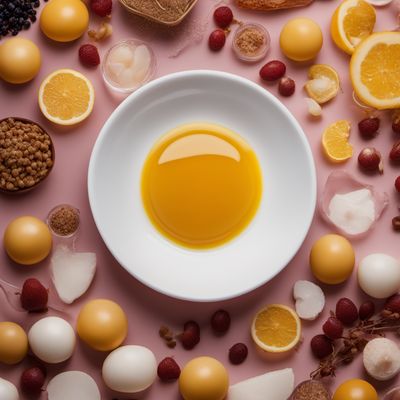
Ingredient
Maltodextrins and similars
The Versatile Sweeteners: Unveiling the World of Maltodextrins and Similars
Maltodextrins and similars are complex carbohydrates derived from starches, such as corn, rice, or potato. They are produced through a process of hydrolysis, which breaks down the starch molecules into shorter chains of glucose molecules. This results in a white, odorless powder with a mild, sweet taste. Maltodextrins and similars are highly soluble in water and have a wide range of applications in the food industry due to their ability to enhance texture, improve mouthfeel, and act as a bulking agent. They are commonly used in processed foods, beverages, confectionery, and as a thickening agent in sauces and dressings.
Origins and history
Maltodextrins were first developed in the early 20th century as a byproduct of the starch industry. Initially used as a cheap filler in food products, their versatility and functional properties soon gained recognition. Today, maltodextrins and similars are produced globally, with major production centers in the United States, Europe, and Asia.
Nutritional information
Maltodextrins and similars are primarily carbohydrates and provide approximately 4 calories per gram. They are quickly digested and absorbed by the body, making them a readily available source of energy.
Allergens
Maltodextrins and similars are typically derived from corn, rice, or potato, making them gluten-free and suitable for individuals with gluten sensitivities. However, individuals with allergies to these specific ingredients should exercise caution.
How to select
When selecting maltodextrins and similars, it is important to check the label for the specific source of the ingredient, such as corn, rice, or potato. Opt for reputable brands that adhere to quality standards and ensure the absence of contaminants.
Storage recommendations
Maltodextrins and similars should be stored in a cool, dry place, away from direct sunlight and moisture. It is recommended to keep them in airtight containers to maintain their freshness and prevent clumping.
How to produce
Maltodextrins and similars are typically produced on an industrial scale through the hydrolysis of starch. However, it is not practical for amateurs to produce them at home.
Preparation tips
Maltodextrins and similars are versatile ingredients that can be used in a variety of ways. They can be added to beverages, such as sports drinks or meal replacements, to enhance their texture and provide a source of quick energy. In baking, they can be used as a bulking agent or to improve the texture of gluten-free recipes. When using maltodextrins and similars as a thickening agent in sauces or dressings, it is important to dissolve them in a small amount of liquid before adding them to the mixture to prevent clumping.
Substitutions
Maltodextrins and similars can be substituted with other sweeteners, such as corn syrup solids or tapioca maltodextrin, depending on the desired texture and sweetness level. However, it is important to note that each substitution may have a slightly different effect on the final product.
Culinary uses
Maltodextrins and similars are commonly used in the food industry to improve the texture and mouthfeel of various products. They are often found in processed foods, such as snacks, desserts, and powdered beverages. In baking, they can be used to enhance the texture of gluten-free recipes. Additionally, they are used as a bulking agent and thickening agent in sauces, dressings, and soups.
Availability
Maltodextrins and similars are widely available in grocery stores, supermarkets, and online retailers worldwide.


